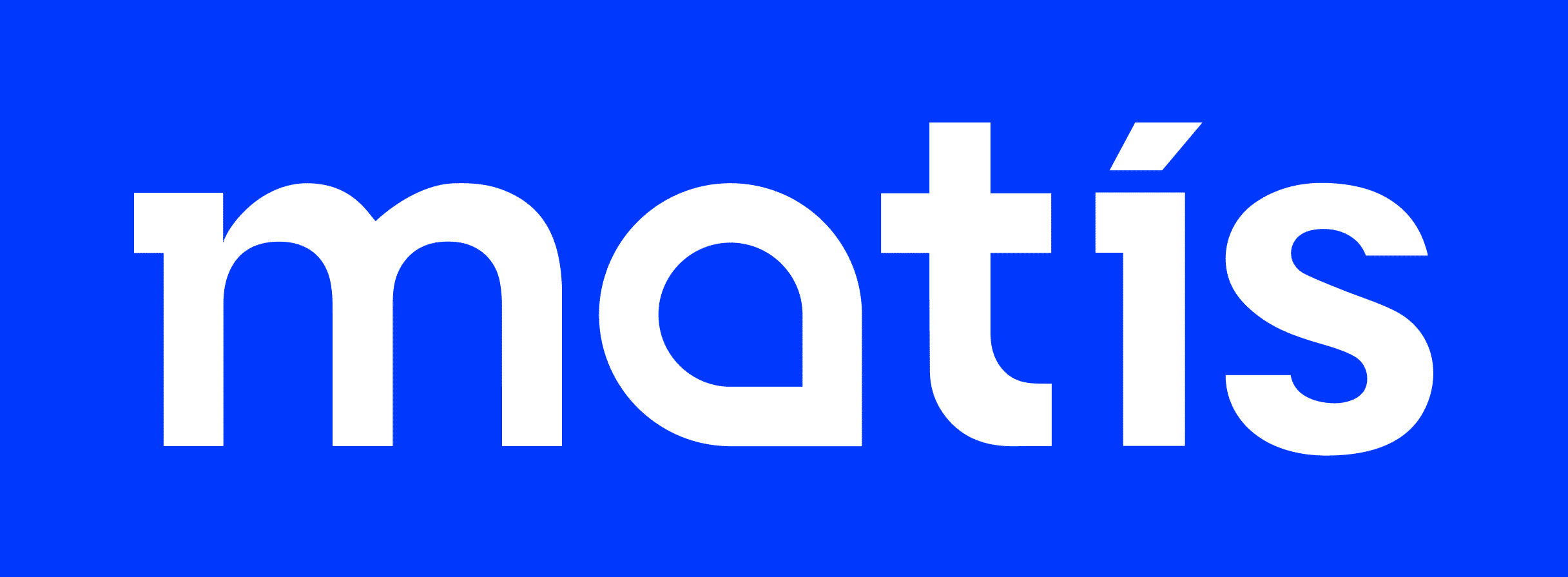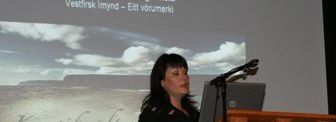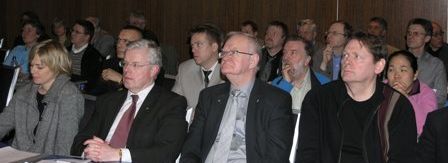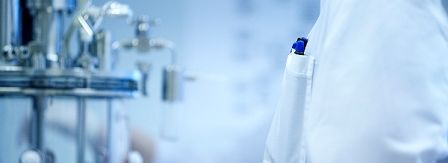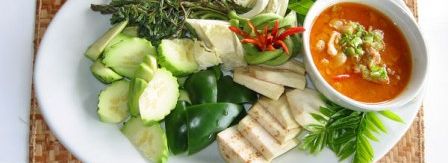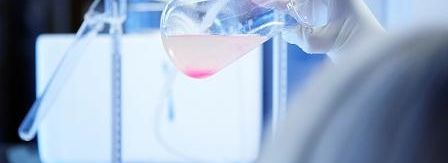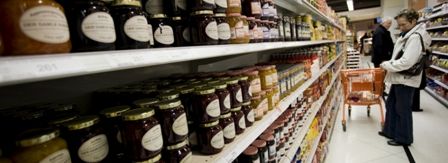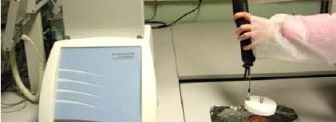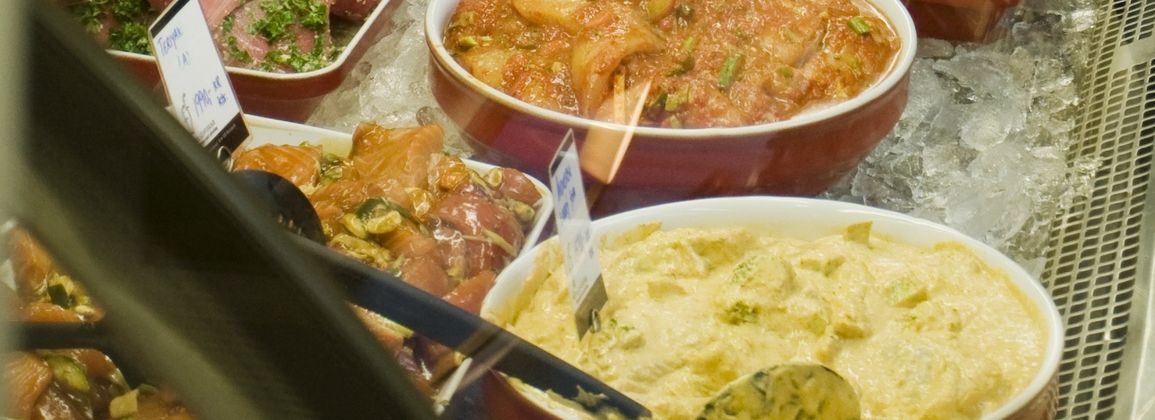An article was recently published in the journal Food Chemistry on the results of the EU project "Fishnose". The authors of the article are Rósa Jónsdóttir, an employee of Matís, Guðrún Ólafsdóttir, Erik Chanie and John-Erik Haugen.
The Fishnose project focused on the use of an electric nose to assess the quality of smoked salmon and involved developing / adapting an electric nose from the company AlphaMOS in France to evaluate smoked salmon, ie. whether he had begun to be damaged. Sensors in the electric nose detect substances in the air, which are formed in fish during storage and cause a malodorous odor. Matís' (formerly IFL) participation in the project consisted, among other things, of defining the quality of the product in terms of chemical content and stability, where microorganisms and chemical degradation were measured. Sensory evaluation studies were performed in parallel.
It is necessary to know well the composition of volatile substances when storing salmon, but Matís (formerly IFL) has specialized in gas analysis of volatile odorants. Volatile substances are formed, among other things, by decomposition and damage to food. They cause a characteristic odor of freshness (aroma) while the raw material is being used, but later the smell of spoilage or odor during the storage period. The electronic nose can quickly detect these substances and thus evaluate the quality of the product.
The results of the project revealed that the most characteristic odor of smoked salmon is caused by the substance guaiacol from smoke as well as volatile substances that are formed during the breakdown of fat. The characteristic substances were also 3-methyl-butanal and 3-hydroxybutanone, but they cause a sweet odor and are formed due to microbial degradation during storage. Other characteristic substances such as furan substances from smoke, destructive substances (eg ethanol, 3-methyl-1-butanol, 2-butanone and acetic acid) and fat degradants (eg 1-penten-3-ol, hexanal, nonanal and decanal) were present in although in some quantities but did not have as great an effect on the smell. These major odorants proved to be better at explaining the quality characteristics of smoked salmon than conventional chemical and microbiological measurements, and the article in Food Chemistry discusses this.
The project was a CRAFT project run by the European Union, but it is a project that aims to encourage small companies to participate in research and development work. The Icelandic company Reykofninn participated in the Fishnose project and was responsible for providing raw materials for research and helping to define the quality of the product. Guðrún Ólafsdóttir, a former IFL employee, was the project manager in the project, but in addition to her, Rósa Jónsdóttir worked on the project.
It is worth mentioning that the presentation of the results of the project received the Göpel award at the international conference ISOEN2005 in Barcelona.
The following articles have been published from the project:
Rósa Jónsdóttir, Guðrún Ólafsdóttir, Erik Chanie, John-Erik Haugen. Volatile Compounds Suitable for Rapid Detection as Quality Indicators of Cold Smoked Salmon (Salmo salar). Food Chemistry 109 (2008) 184–195. Read the article
Haugen J., Chanie E, Westad F, Jonsdottir R, Bazzo S, Labreche S, Marcq P, Lundby F., Olafsdottir G. 2006. Rapid control of smoked Atlantic salmon quality by electronic nose: correlation with classical evaluation methods. Sensors and Actuators B, 116, 72–77.
Guðrún Ólafsdóttir, Eric Chanie, Frank Westad, Rósa Jónsdóttir, Claudia R. Thalmann, Sandrine Bazzo, Saïd Labreche, Pauline Marcq, Frank Lundby, John-Erik Haugen, 2005. Prediction of Microbial and Sensory Quality of Cold Smoked Atlantic Salmon (Salmo salar ) by Electronic Nose. J Food Sci 70 (9): S563-574.
Olafsdottir G, Chanie E, Westad F, Jonsdottir R, Bazzo S, Labreche S, Marcq P, Lundby F, Haugen JE. 2005. Rapid Control of Smoked Atlantic Salmon Quality by Electronic Nose: Correlation with Classical Evaluation Methods. In: Marco S, Montoliu I, editors. Proceedings of the 11th International Symposium on Olfaction and Electronic Nose, ISOEN2005, Electronic Department, Physics Faculty, Barcelona University, Barcelona, Spain. p 110-114.
The project has also been introduced poster at conferences.
